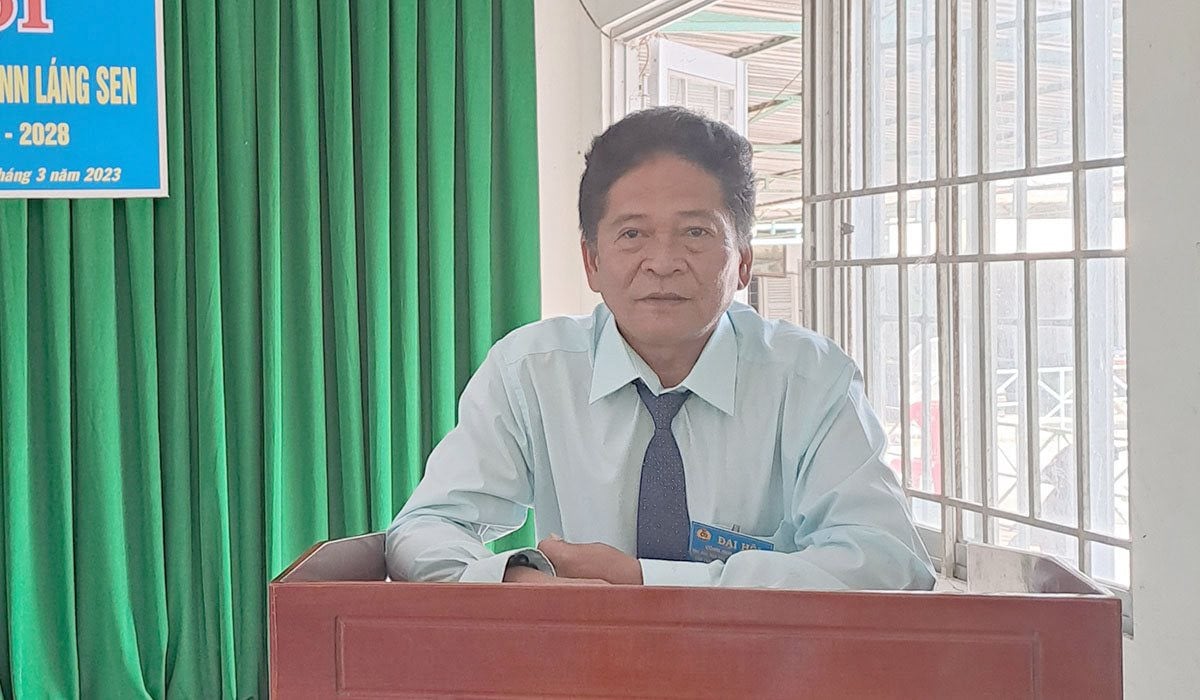
PV: Can you tell us a little about the conservation work and preservation of the ecological value of Lang Sen Wetland Reserve in the face of climate change impacts?
Mr. Truong Thanh Son:
In recent times, Lang Sen Wetland Reserve has clearly felt and been affected by climate change, with more frequent changes and extreme weather. In particular, the historic drought in 2016 and 2020, or unseasonal rains in recent years, have occurred more frequently, with less annual flood water, affecting the habitats and species residing in the Reserve. There may be many causes that directly affect the conservation and preservation of ecological values here, but the impact of climate change is the most severe.
From the impact of climate change, Lang Sen Wetland Reserve has proposed many specific solutions to preserve and maintain ecological values. In particular, focusing on water storage, forest fire prevention and fighting - this is considered the top priority task to protect the habitat and species living here. Regularly monitor water sources and propose timely management and treatment measures to protect aquatic species. The main measures are pumping water from outside to prevent drought and raise water levels, spreading lime and probiotics to increase pH.
In addition, complete open sewers and dikes for water and aquatic resource exchange. Planting Melaleuca and native trees helps improve air quality, contributing to stabilizing the microclimate. Annually propagate and plant native tree species such as Gáo, Cà na, Indian laurel, Bựa, Bựa, and Bải tre with a quantity of 2,000 - 5,000 trees. At the same time, conduct scientific research to preserve and restore species at risk of decline.
In particular, 3 scientific research topics have been carried out including: restoring wild rice fields; assessing the current status and proposing measures to manage and restore rare aquatic species; as well as restoring flocks and producing brown Le birds. Along with that, regular care and management of wild rice fields and lotus fields which provide food and shelter for many water birds, and restoring the marigold fields to create food sources for Red-crowned Cranes.
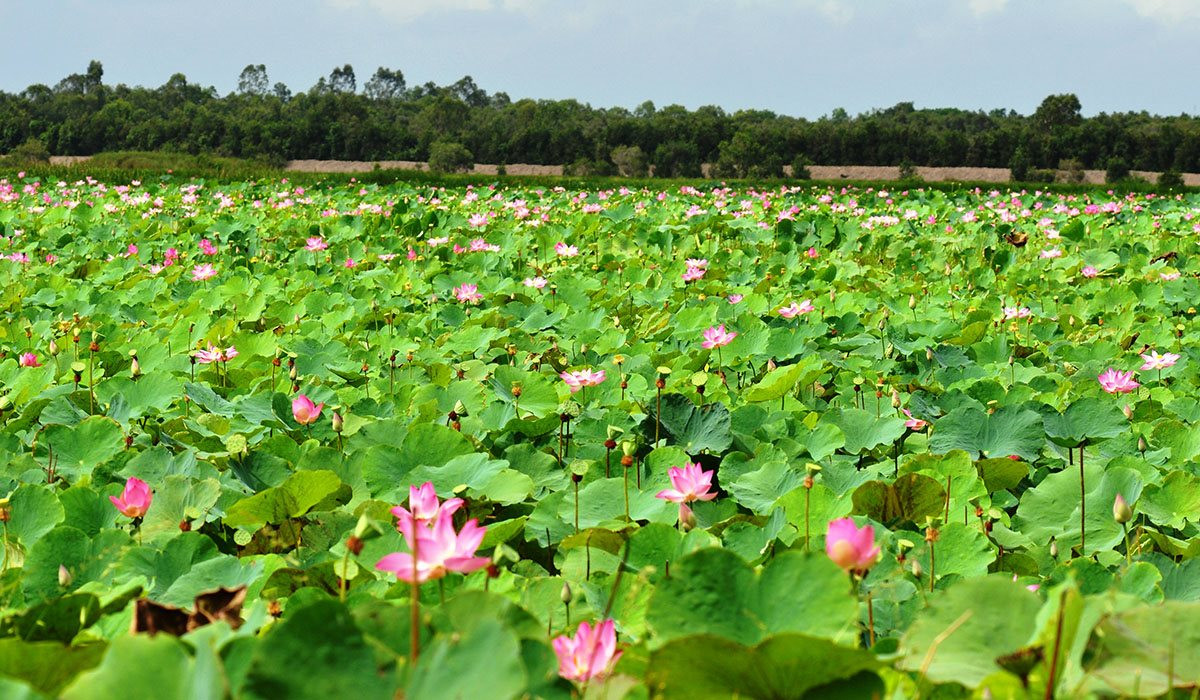
PV: In order to increase the economic value of the Lang Sen biodiversity land, in recent times, what good models have been put in place to create sustainable livelihoods for local people?
Mr. Truong Thanh Son:
Lang Sen Wetland Reserve is located in 3 communes: Vinh Loi, Vinh Dai and Vinh Chau A, Tan Hung district (Long An). Most of the households in this area are in difficult circumstances, their main jobs are agricultural production, working for hire, exploiting aquatic resources, and catching wild animals. Therefore, local people often illegally enter the Reserve to catch aquatic products and wild animals, affecting conservation work.
Realizing the above, in recent times, the Reserve has regularly paid attention to and implemented livelihood models to develop the economy for the lives of people in the buffer zone, thereby limiting people from illegally entering the Reserve to exploit resources. Typically, the Reserve Management Board has coordinated with the World Wildlife Fund (WWF) to continue operating 9 community groups to protect natural resources, investigate biodiversity, and implement livelihood models.
These include models of aquaculture in the flood season such as striped snakehead fish, perch, snakehead fish, etc.; rice cultivation adapted to climate change. Or, such as coordinating with the International Union for Conservation of Nature and Natural Resources (IUCN) to implement livelihood models for the buffer zone community on growing lotus shoots and mirror lotus; growing floating rice; organizing training courses on lotus silk extraction techniques to develop the economy of the buffer zone residents.
At the same time, to promote the value of Lang Sen biological land, for the buffer zone located in the wetland conservation planning area, Long An province has also directed the locality to promote the application of high technology in production to increase income per unit area and the life of each household, contributing to creating sustainable livelihoods for local people.
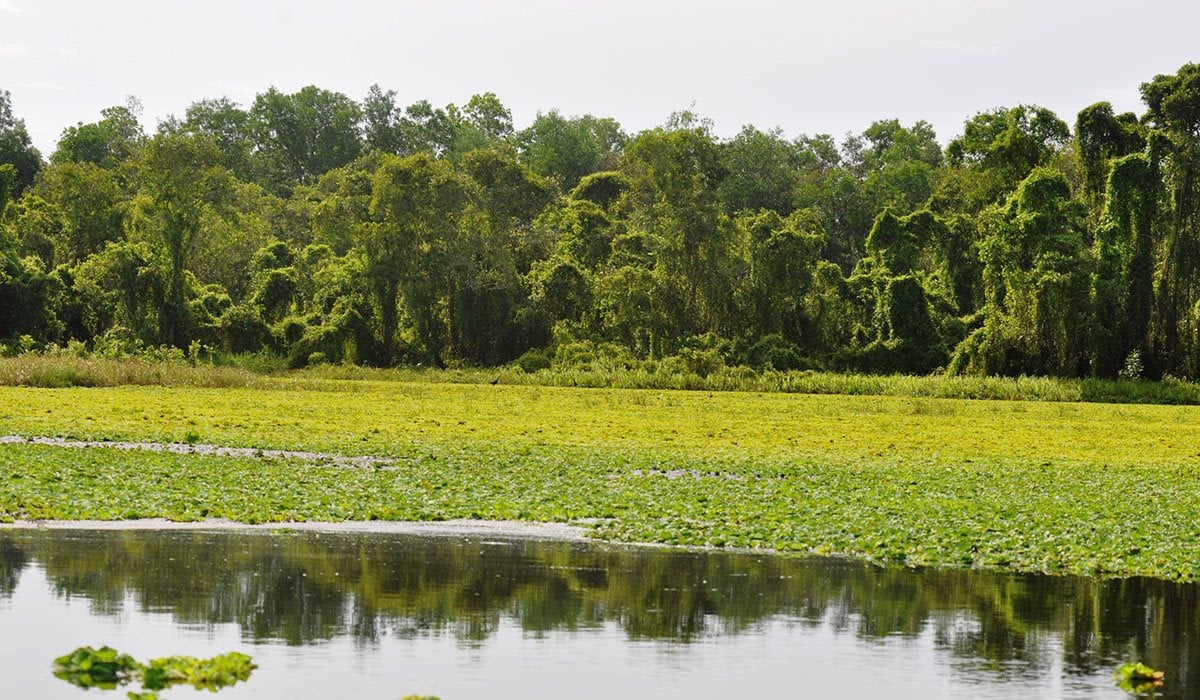
PV: What are the orientations in managing, protecting and developing the ecosystem to help improve people's lives in the coming time, sir?
Mr. Truong Thanh Son:
To protect and promote the achieved results, the Management Board of Lang Sen Wetland Reserve has specific orientations to manage, protect and develop the ecosystem, helping to improve people's lives in the coming time such as: protecting the entire area of the approved Reserve and the area of the recognized Ramsar Site; protecting 6/9 criteria of the Ramsar Convention that the Reserve has achieved, and continuing to do well in biodiversity protection to strive to achieve the remaining 3 criteria.
In addition, develop ecotourism in a sustainable direction, preserve wetland ecosystems by orienting the development of reasonable tourism programs, not affecting flora and fauna, habitats, environment and fire prevention and fighting activities. Coordinate with relevant units and localities to handle violations of fishing and wildlife, protect biodiversity; especially promote propaganda, dissemination and education of laws on natural resource protection and biodiversity to all local people to comprehensively manage and protect Lang Sen Ramsar Site.
At the same time, protect biodiversity, restore aquatic products, marigold fields, lotus fields, and annual native plants. Assess forest reserves, develop forests; restore and care for native plants and typical habitats of the Dong Thap Muoi region. Coordinate with research institutes and universities to carry out projects on restoration and protection of natural resources and biodiversity.
In addition, the Management Board of the Reserve will also continue to implement a community education plan to raise awareness of the value and importance of wetlands, creating a mechanism for the community to participate in sustainable use and protection of biodiversity natural resources. Along with that, it will coordinate with international organizations to implement community livelihood projects in the buffer zone to develop the economy for local people, including promoting sustainable livelihoods based on wetland resources, contributing to improving the lives of people in the biodiversity land of Lang Sen.
PV : Thank you very much!
Source








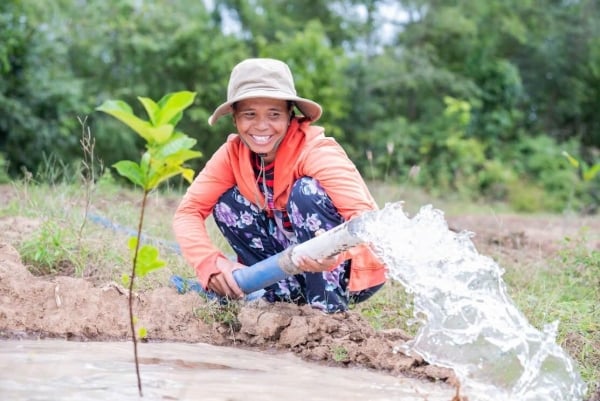

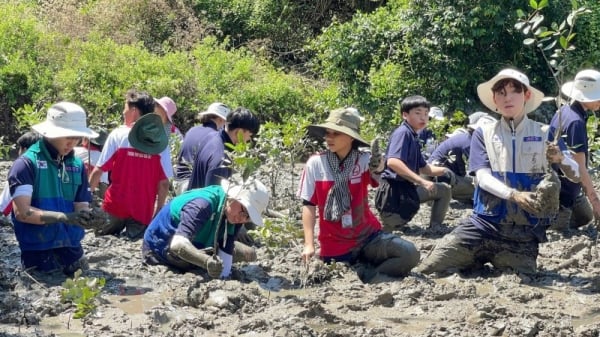

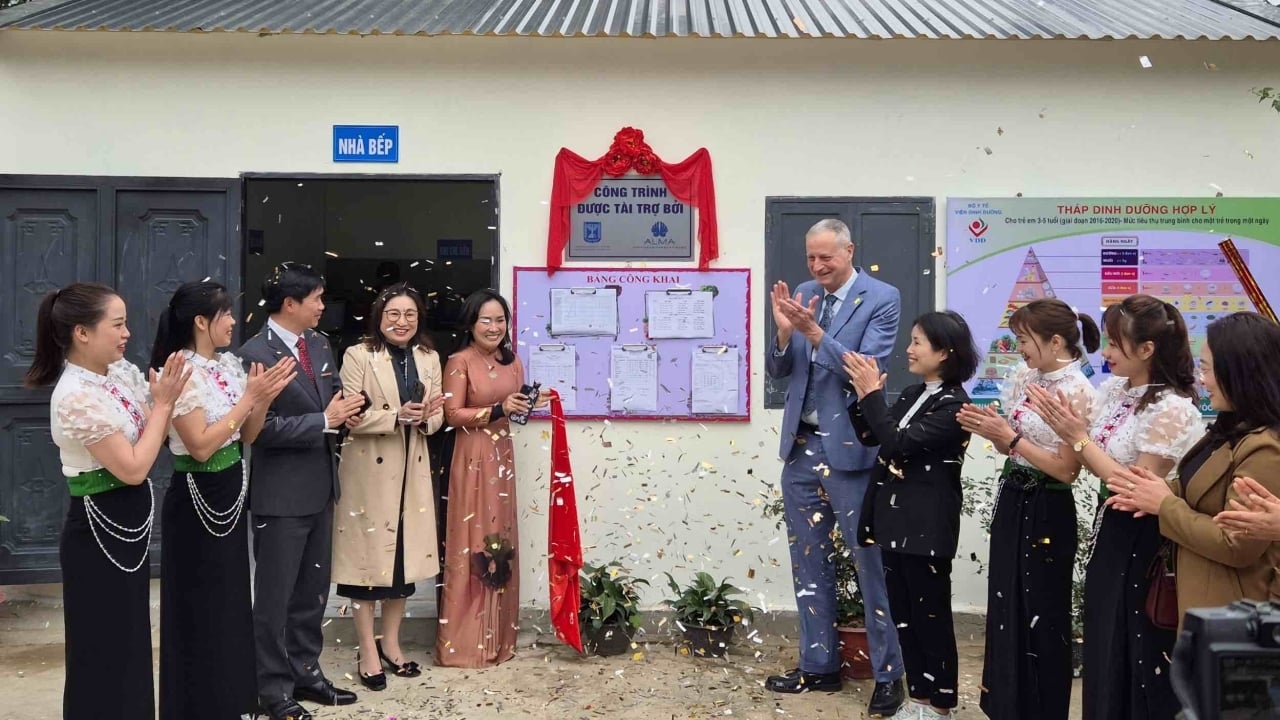
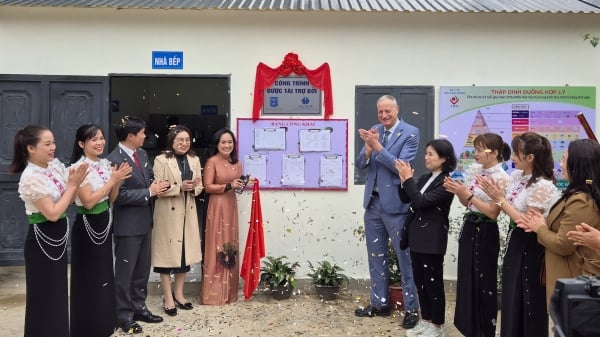
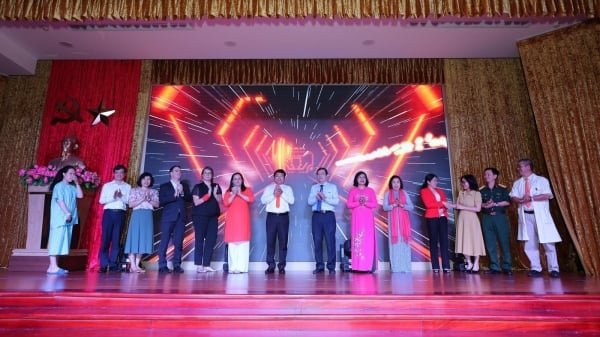
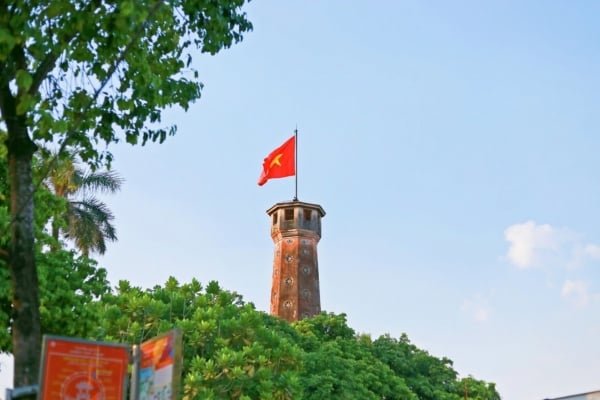
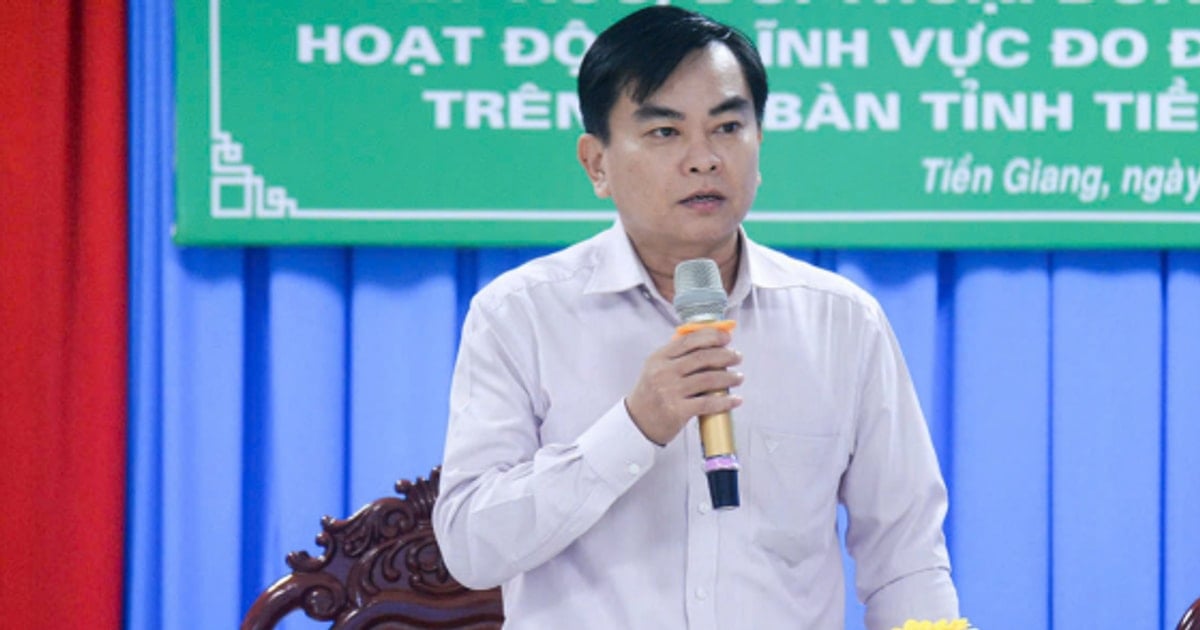
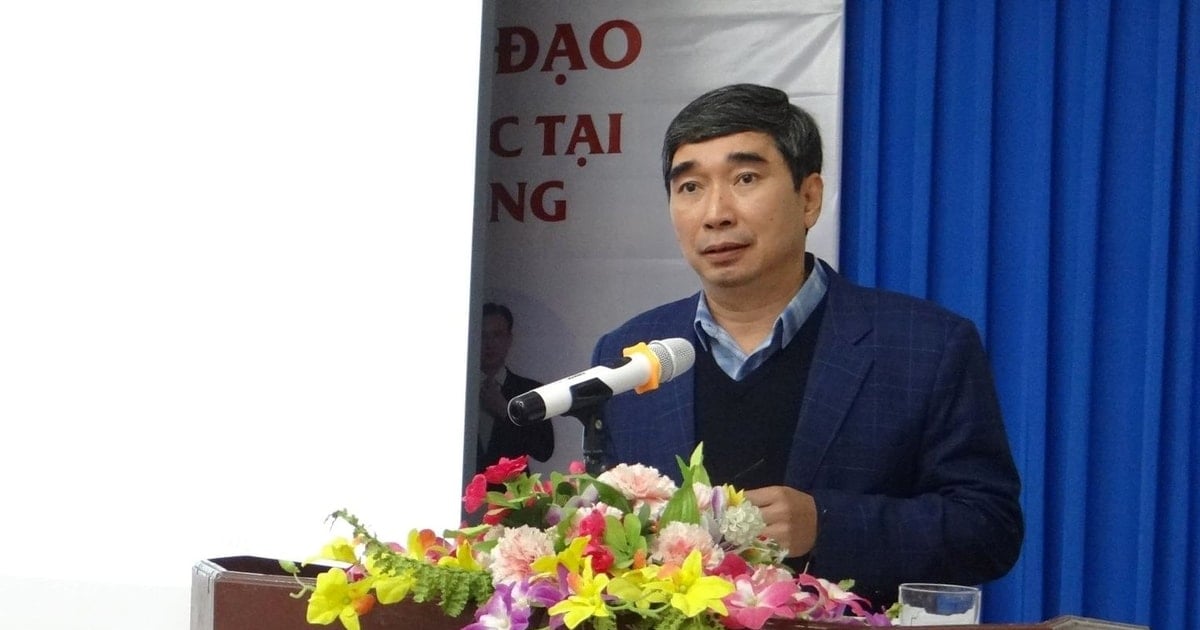
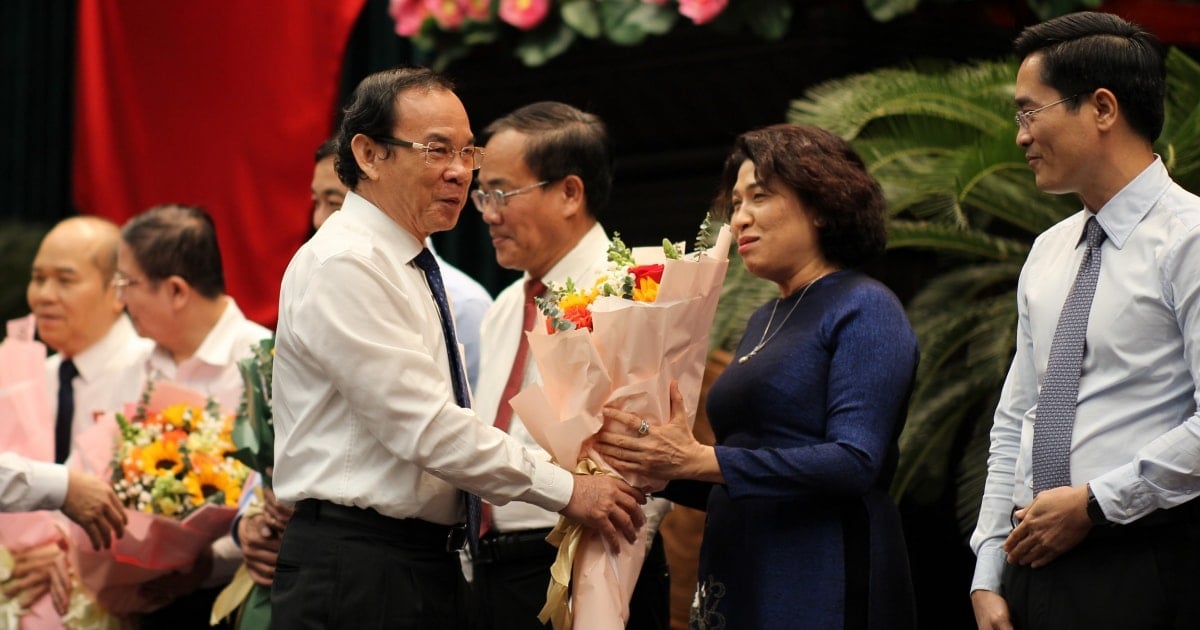
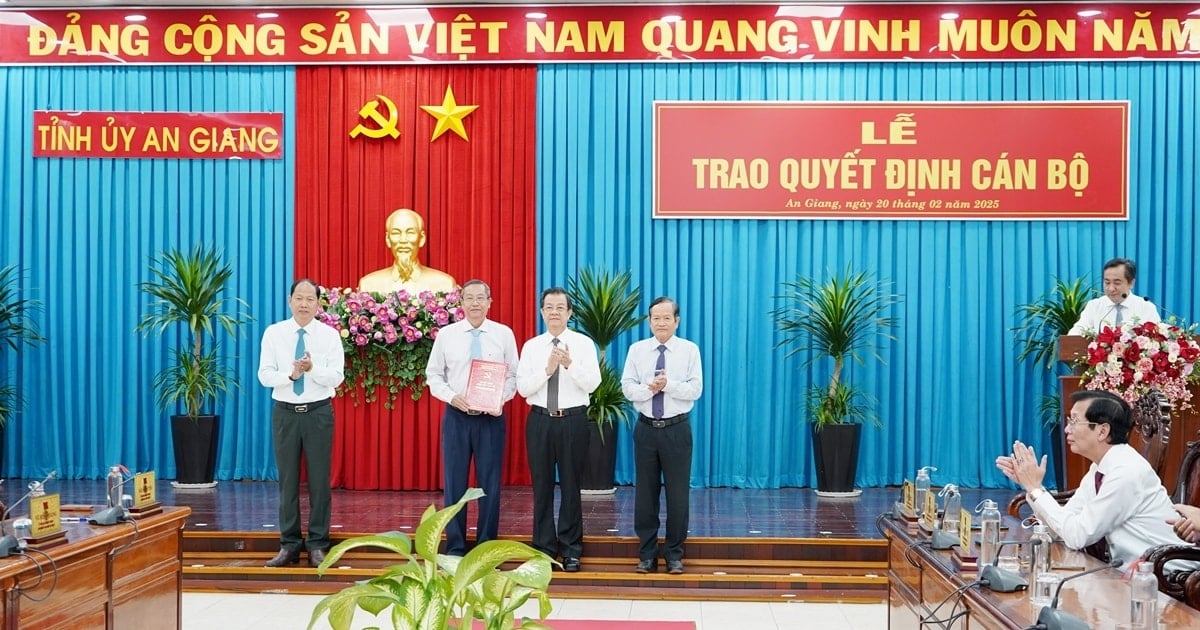
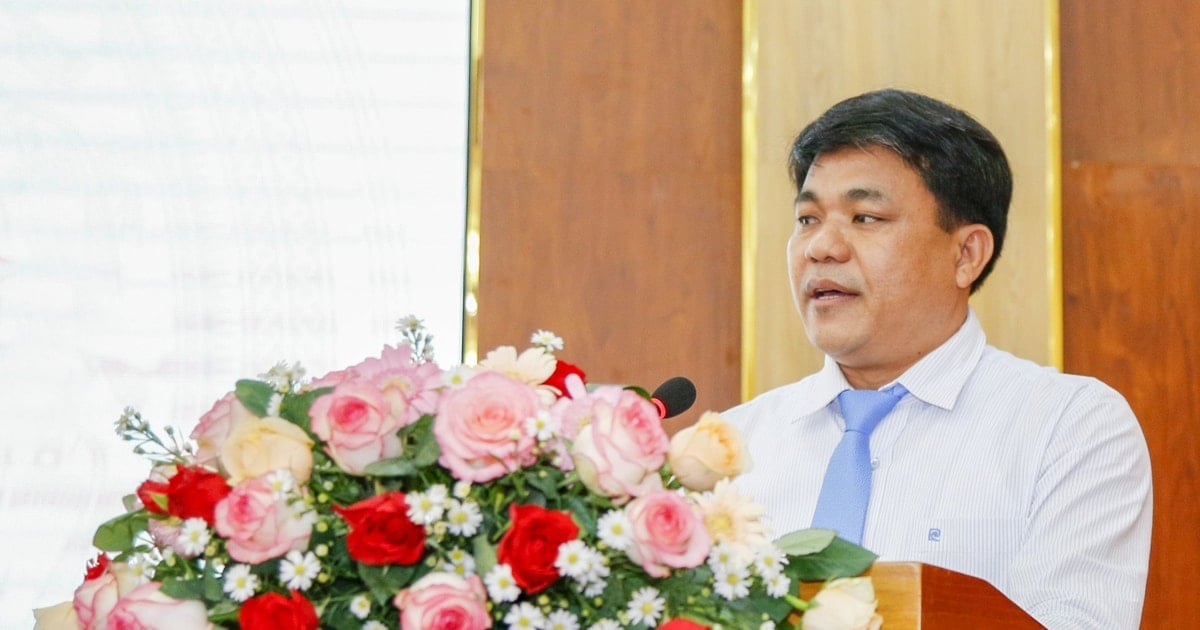
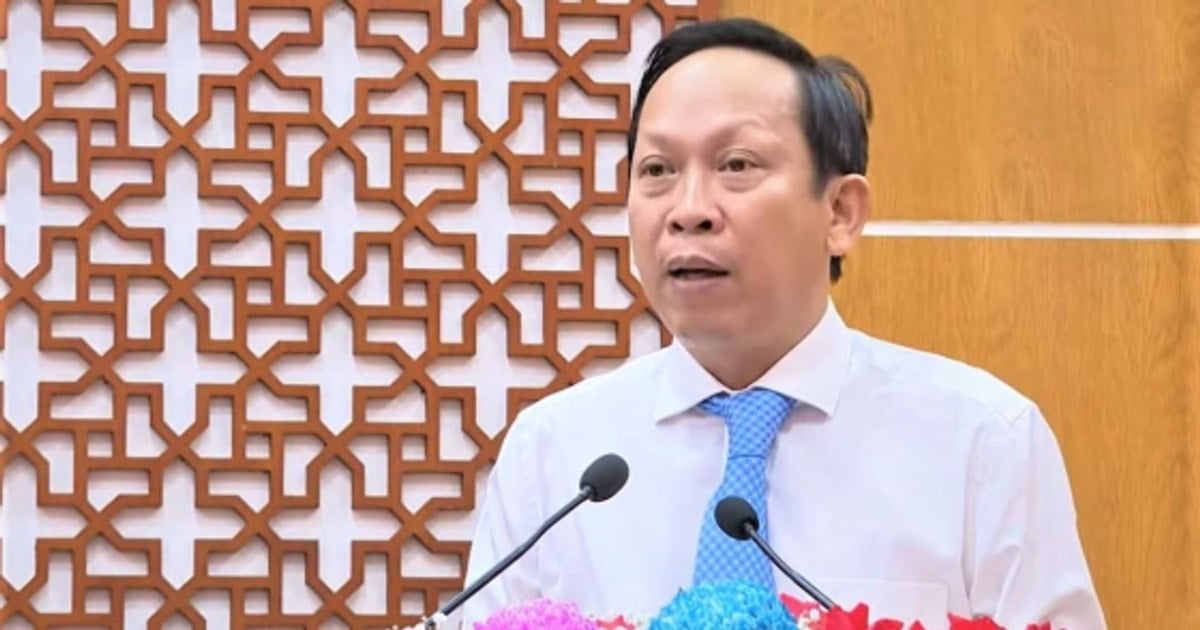
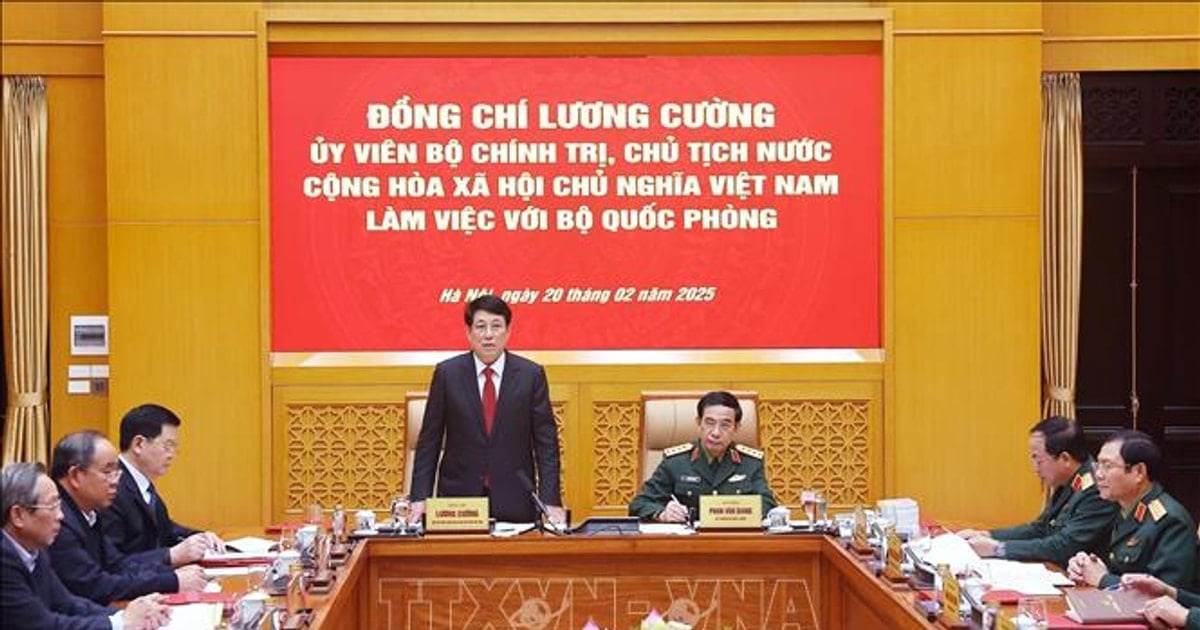


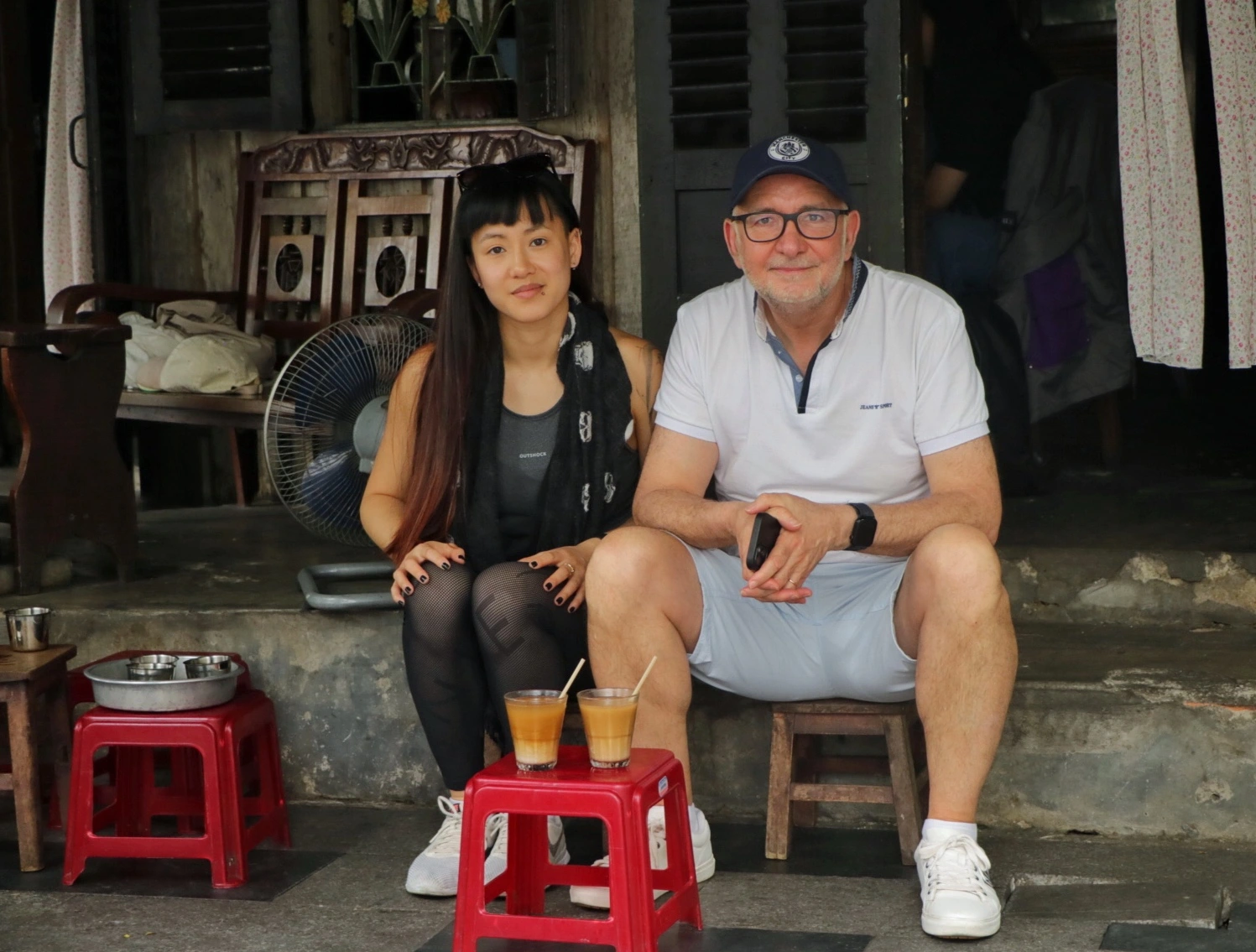

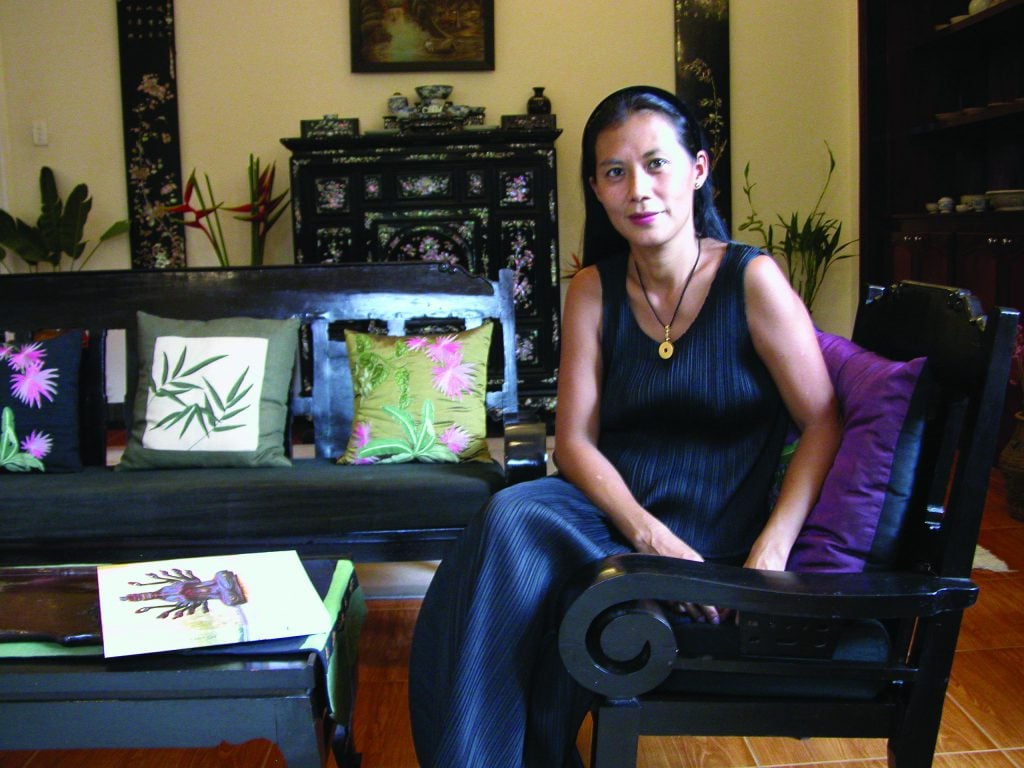

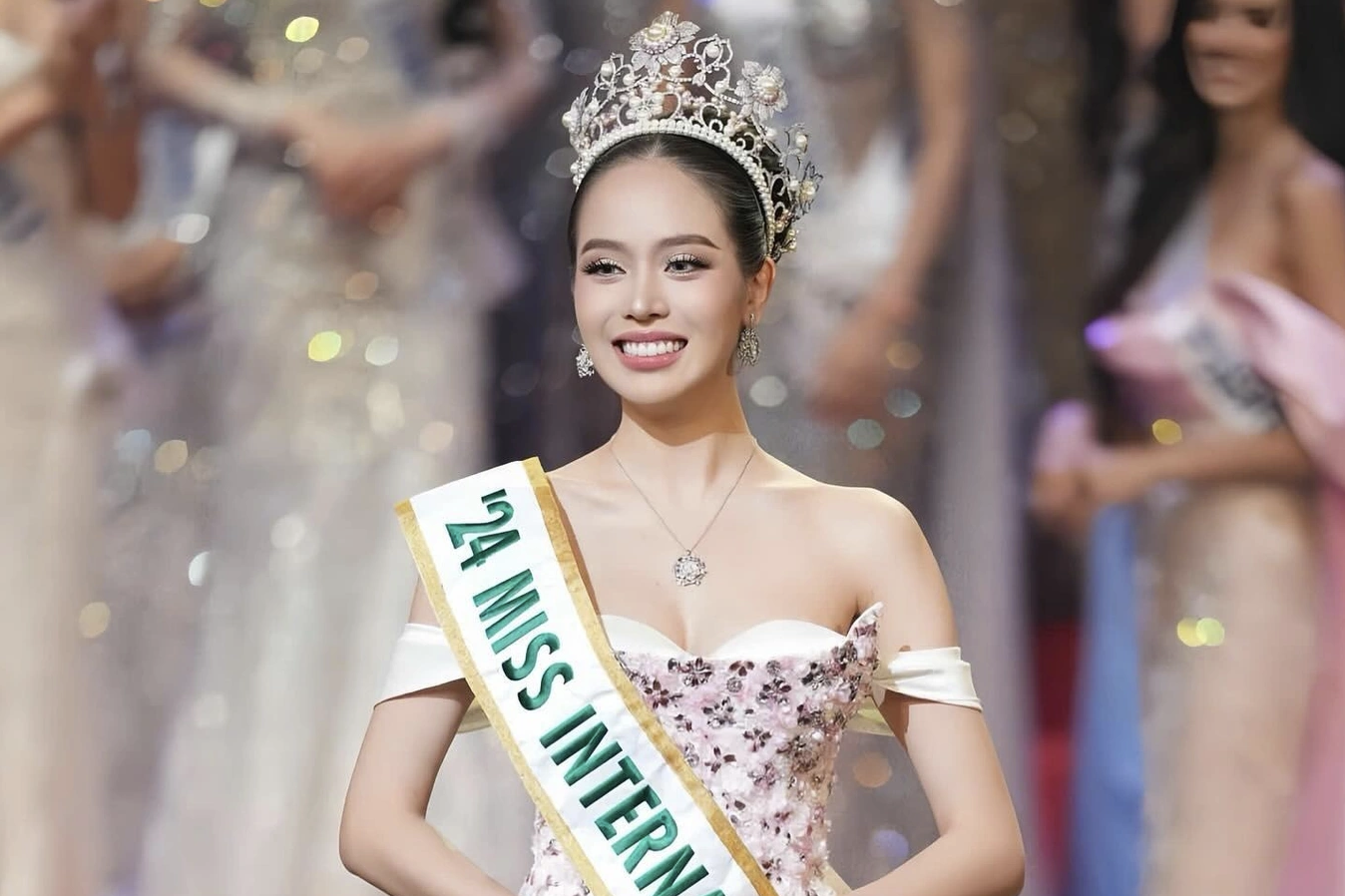

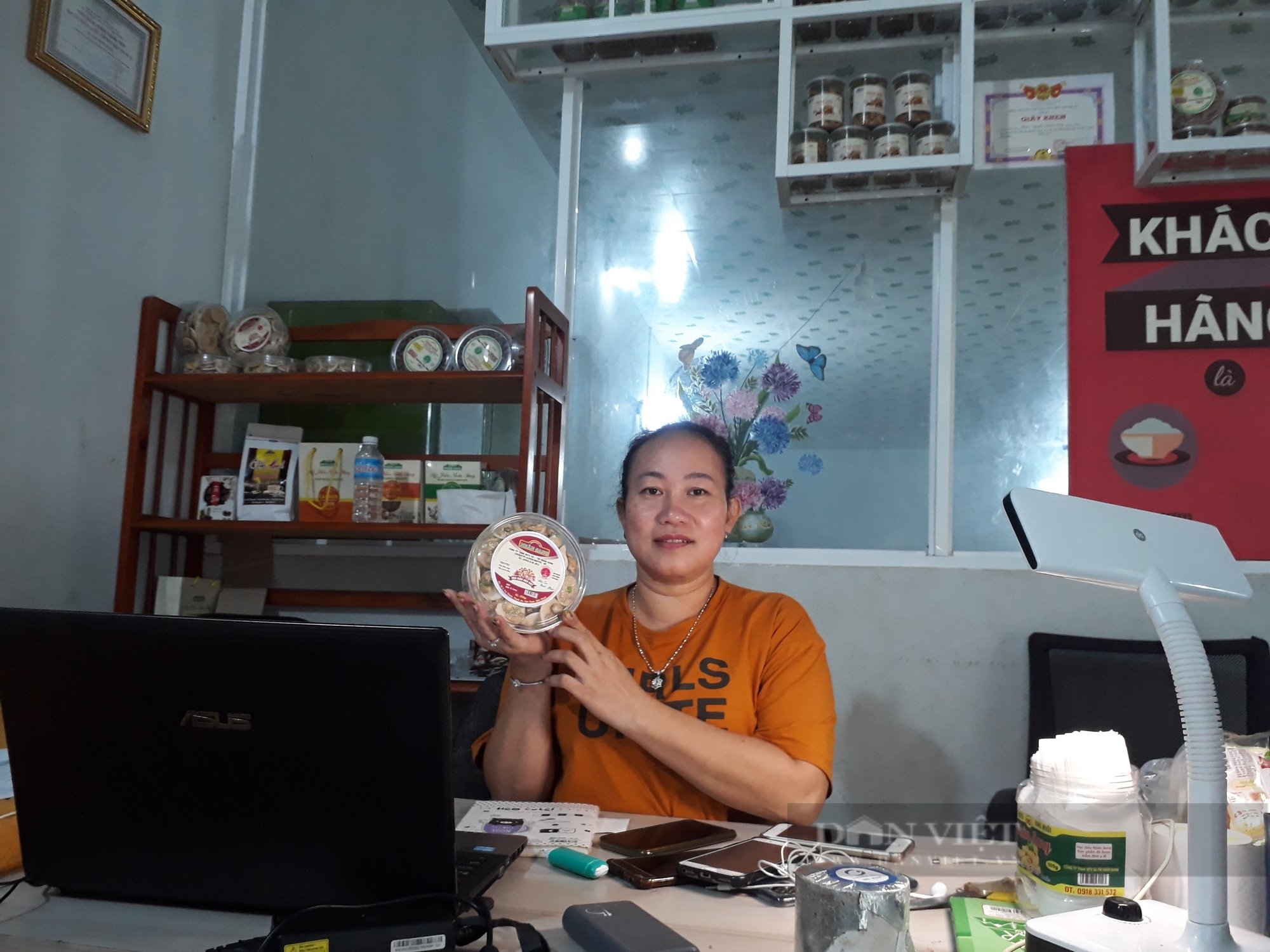

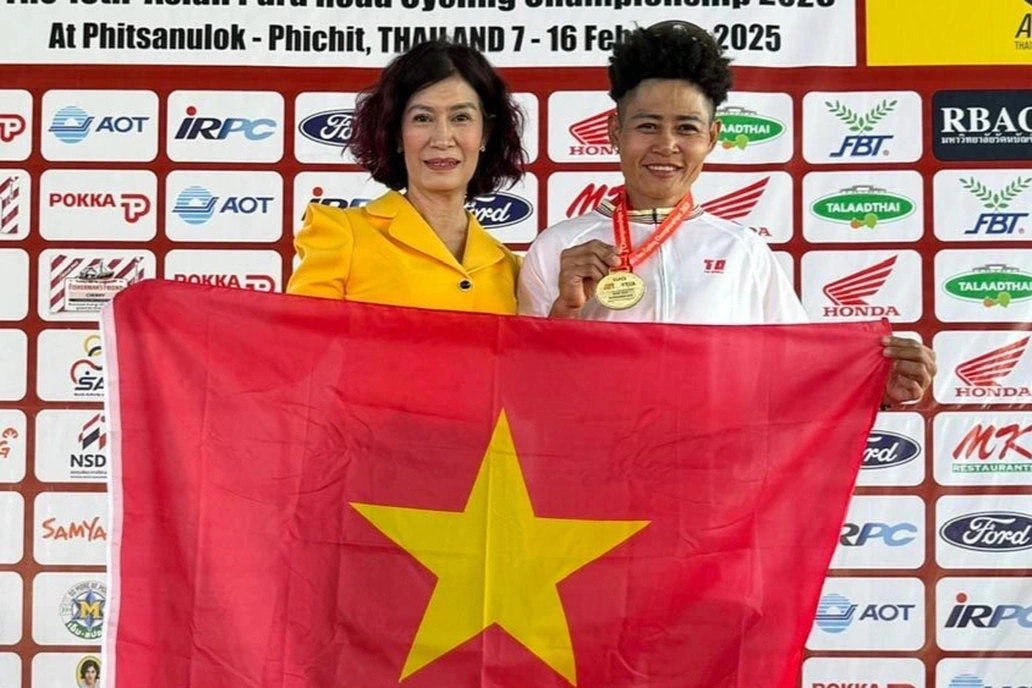

Comment (0)